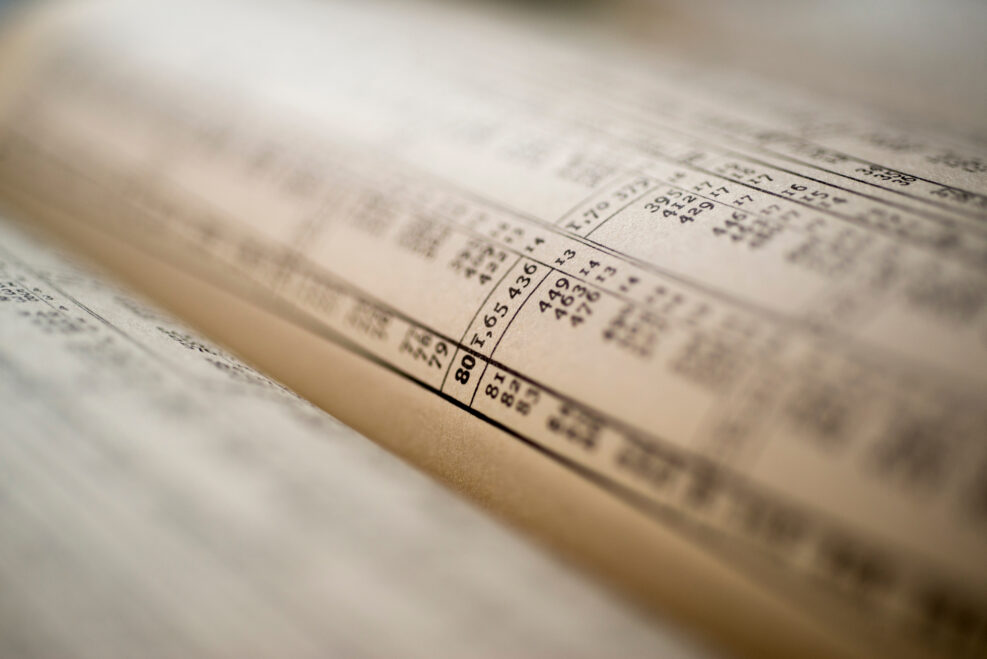
TagGraphs


Confusing Correlation with Causation
Computers are amazing. But they can't distinguish between correlation and causation.Artificial intelligence (AI) algorithms are terrific at discovering statistical correlations but terrible at distinguishing between correlation and causation. A computer algorithm might find a correlation between how often a person has been in an automobile accident and the words they post on Facebook, being a good software engineer and visiting certain websites, and making loan payments on time and keeping one’s phone fully charged. However, computer algorithms do not know what any of these things are and consequently have no way of determining whether these are causal relationships (and therefore useful predictors) or fleeting coincidences (that are useless predictors). If the program is black box, then humans cannot intervene and declare that these are almost certainly irrelevant coincidences. Even if Read More ›

An Illusion of Emergence, Part 2
A figure can tell a story but, intentionally or unintentionally, the story that is told may be fictionI recently wrote about how graphs that use logarithms on the horizontal axis can create a misleading impression of the relationship between two variables. The specific example I used was the claim made in a recent paper (with 16 coauthors from Google, Stanford, UNC Chapel Hill, and DeepMind) that scaling up the number of parameters in large language models (LLMs) like ChatGPT can cause “emergence,” which they define as qualitative changes in abilities that are not present in smaller-scale models but are present in large-scale models; thus they cannot be predicted by simply extrapolating the performance improvements on smaller-scale models. They present several graphs similar to this one that seem to show emergence: However, their graphs have the logarithms of Read More ›

A Graph Can Tell a Story—Sometimes It’s an Illusion
Mistakes, chicanery, and "chartjunk" can undermine the usefulness of graphsA picture is said to be worth a thousand words. A graph can be worth a thousand numbers. Graphs are, as Edward Tufte titled his wonderful book, the “visual display of quantitative information.” Graphs should assist our understanding of the data we are using. Graphs can help us identify tendencies, patterns, trends, and relationships. They should display data accurately and encourage viewers to think about the data rather than admire the artwork. Unfortunately, graphs are sometimes marred (intentionally or unintentionally) by a variety of misleading techniques or by what Tufte calls “chartjunk” that obscures rather than illuminates. I have described elsewhere many ways in which mistakes, chicanery, and chartjunk can undermine the usefulness of graphs. I recently saw a novel Read More ›